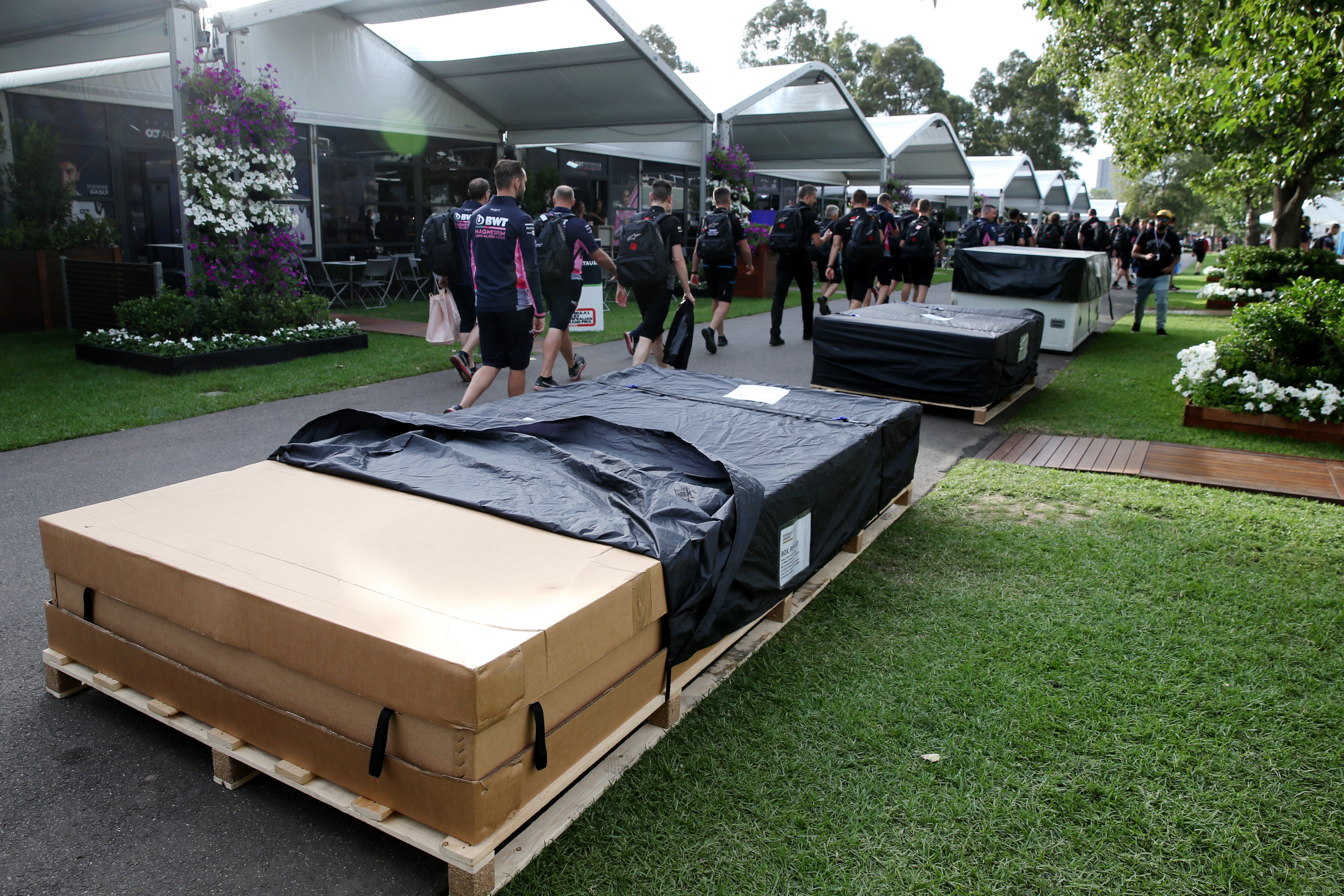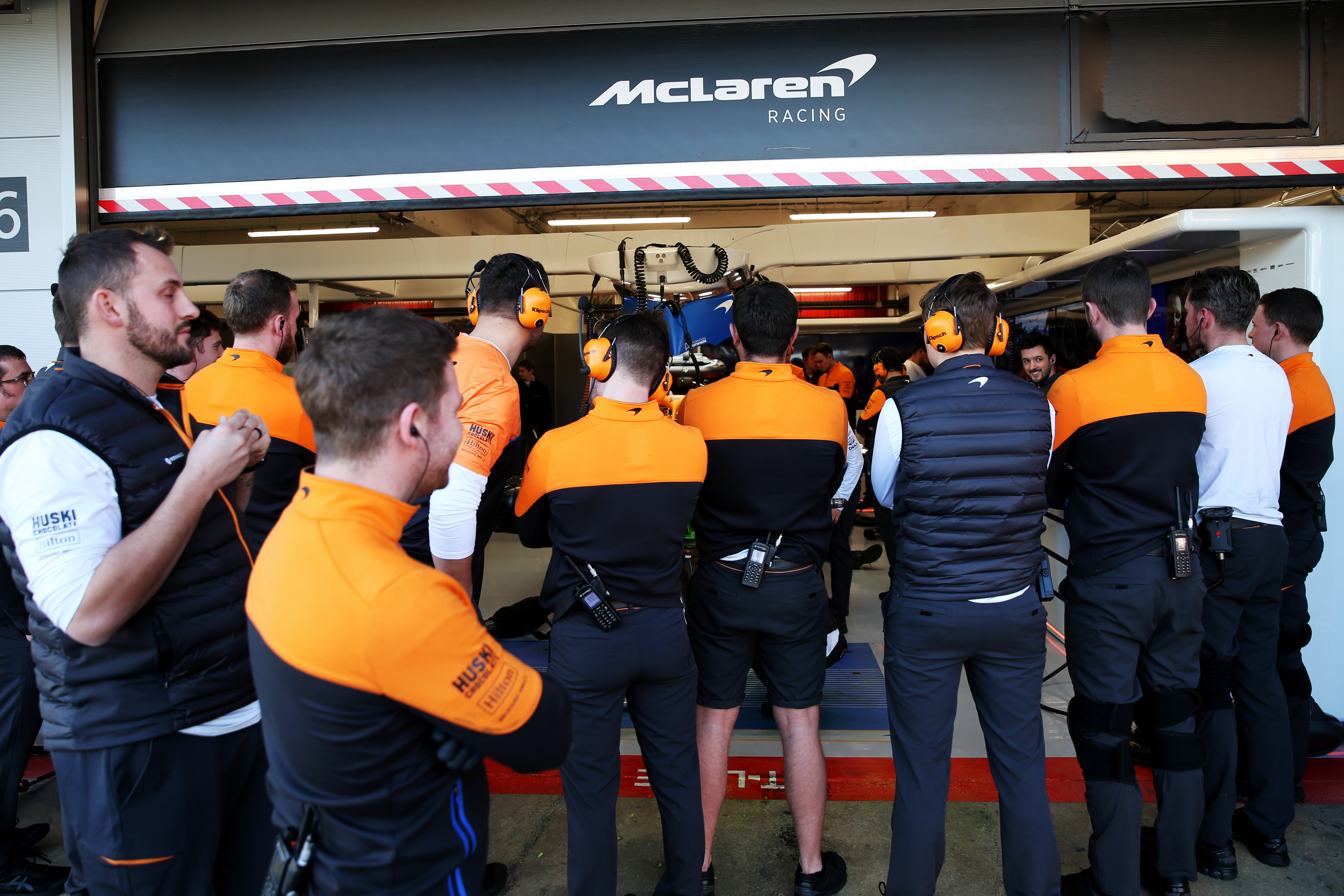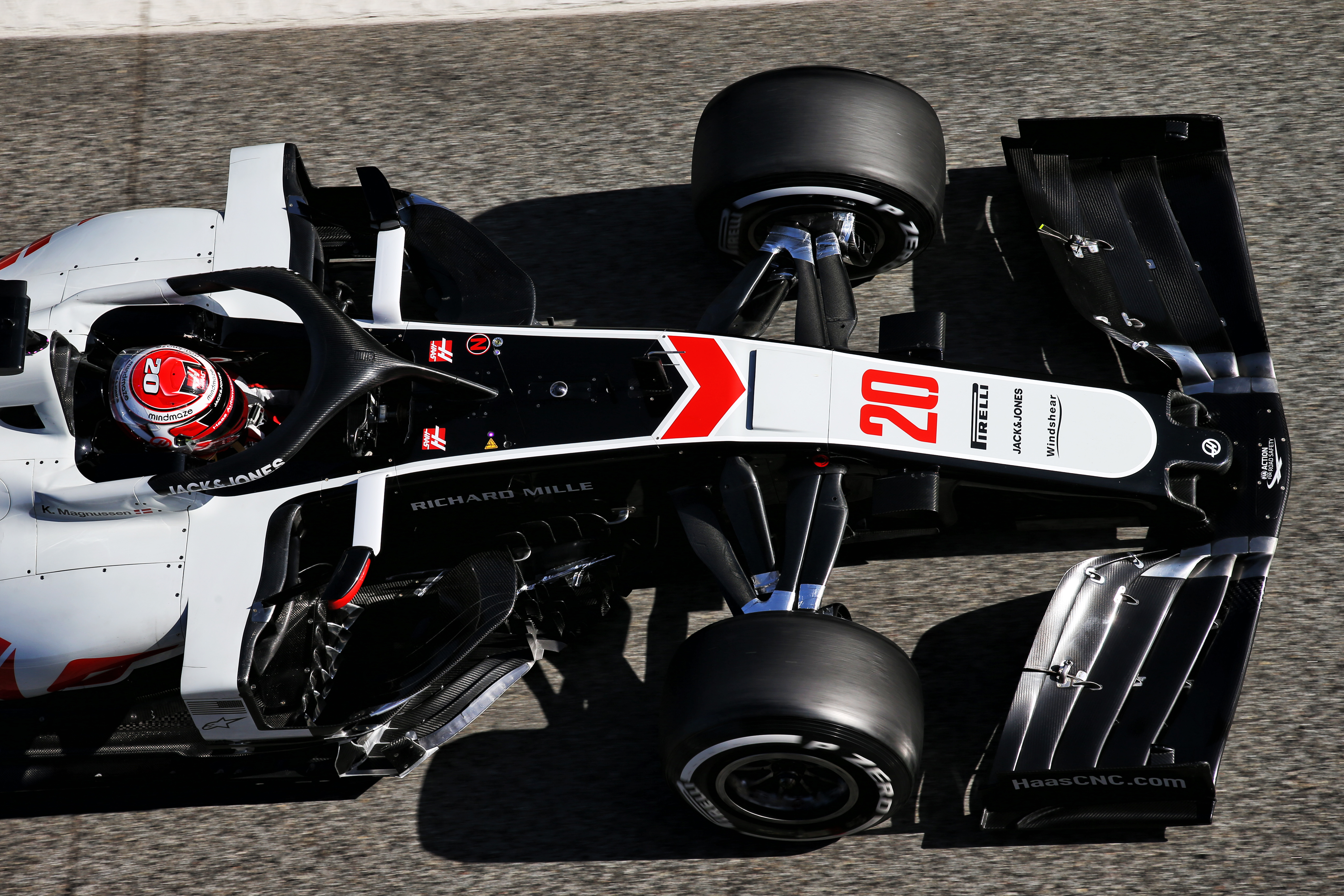Up Next

As the effects of COVID-19 continue to disrupt the motorsport world speculation inevitably turns to whether Formula 1 can survive and indeed prosper once coronavirus restrictions are eventually lifted.
If F1 cannot get through COVID-19 intact, what chance for the rest of the motorsport pyramid below it?
So let’s examine the Formula One Group balance sheet for 2020. On the income side, there are plenty of speculators that foresee zero income to date for Liberty but I personally doubt that.
Like the majority of commercial agreements, F1’s promoter fees, sponsorship, licensing and other revenues will be paid in instalments and while F1 is not in breach then these are legally bound to be paid even if Liberty has not been able (through force majeure) to fulfil the entire range of its obligations. Moreover, recent announcements relating to a new betting partnership and a new oil sector sponsor hint that Liberty’s F1 coffers should be very healthy over the next few years.
To put some meat on that bone, with total revenues of just over $2billion, F1’s income is derived 30% from race promoter fees, 38% from broadcaster fees and 15% from sponsorship and advertising.
Therefore, as far as first-quarter 2020 income is concerned, I expect it to be unchanged from the norm and therefore F1’s cash position will not yet have been greatly affected by the pandemic.
However, going into the next quarter, depending on what’s written in promoter/sponsor/broadcaster force majeure clauses, it could be that F1’s income starts to take a hit.

I would expect some partner payments will be withheld or slowed down until such time as F1 is able to announce and plan around a new schedule of races. In this quarter, Liberty really needs to step forward and issue a revised calendar of races to prove to its partners that a 2020 season of sorts will be held and that the majority of races will be run.
In those circumstances, it would be probable that F1’s income would be assured, albeit perhaps with some payment installments arriving later than originally forecast.
The renowned credit rating agency Moody’s backs up this premise with its candid assessment of the Formula One Group’s financial position.
“Formula 1 has strong liquidity and a sufficiently flexible cost base to manage through a severely curtailed 2020 season and would likely be able to support a full cancellation of the 2020 season if necessary,” it said at the end of March.
Notwithstanding the Formula One Group’s income position, the news that many staff members have been furloughed and Chase Carey and his senior management team have all taken 20% pay cuts suggests that all in F1’s garden is not rosy.
The real issues will arise if Liberty is not able to put on a 2020 race schedule of any kind or if it’s so truncated that it falls below the minimums demanded by television contracts and sponsors
These pay cuts and suspensions may have been triggered by sight of what may be coming down the line or more likely it’s just good, prudent business management and public relations at a time when the world is looking for management to show strong leadership.
The word is that the majority of the F1 group’s furloughed workforce relates to event and hospitality staff. With no races currently scheduled this is surely to be expected.

Liberty’s prime concern will be the protection of its Formula One Group asset and in this respect, the F1 eco-system must be supported and nurtured. By that, I mean that it is very much in Liberty’s interests to maintain 10 healthy F1 teams on the grid even if this means advancing revenues to teams or the deferment of costs relating to freight etc.
And Liberty evidently can afford to do this, certainly in the short term, on primary income revenues showing a 12% improvement from 2018 to 2019 year-on-year.
The real issues will arise if Liberty is not able to put on a 2020 race schedule of any kind or if it’s so truncated that it falls below the minimums demanded by television contracts and sponsors.
The loss of half a dozen races could be withstood, notwithstanding that this would result in a likely quarter billion dollar loss in itself, but to have to accept reduced sponsorship and broadcasting fees would really start to make a dent in F1’s coffers – even though it returned strong profits in 2019 totalling $482million.
In in this doomsday scenario, it would be a sensible assumption that the other 30% of F1 team revenues (through sponsorship) would at best have been hit, at worst not paid at all
Therefore, expect to see Liberty doing its utmost to put on a schedule that will involve at least 16 races, even if that means back-to-back events, double-headers and a severe reduction in the traditional off-season.
The flow down to the F1 team stakeholders from what happens in the 2020 season (scheduled to be the 70th anniversary of the F1 world championship) is the weakest part of the Formula One Group’s business plan.
Undoubtedly, an unhealthy number of the 10 F1 teams are totally dependent upon promoter-paid revenues (in some cases F1 group payments account for over 70% of total team revenues) for their survival.

With no credible new teams waiting in the wings, this places an onus on F1 to support the teams, not through loans but with direct handouts, in 2020 and 2021 if no races are run in 2020.
In in this doomsday scenario, it would be a sensible assumption that the other 30% of F1 team revenues (through sponsorship) would at best have been hit, at worst not paid at all.
Therefore Liberty’s headache and the teams’ bail-out would be even more onerous than its 2019 position of 47% of its gross revenues being paid to the teams. In such circumstances, don’t expect such largesse to come without Liberty imposing changes to the teams and promoter commercial agreements and getting payback from future promotional monies.
Renowned investor Warren Buffett once said it was “only when the tide goes out that you learn who has been swimming naked” and this can undoubtedly be applied to the F1 teams.
Carey will be hoping that not too many are left without clothes when the COVID-19 tide eventually recedes.



